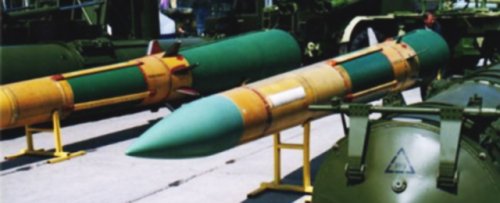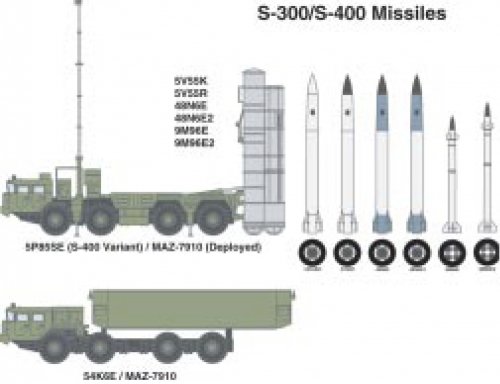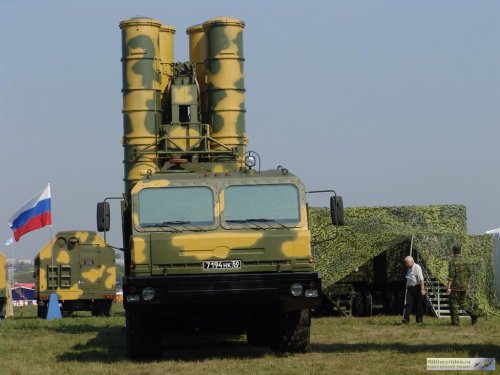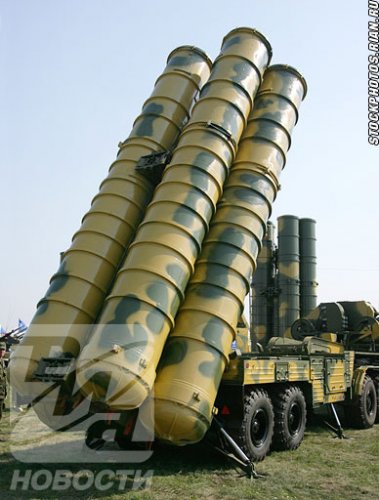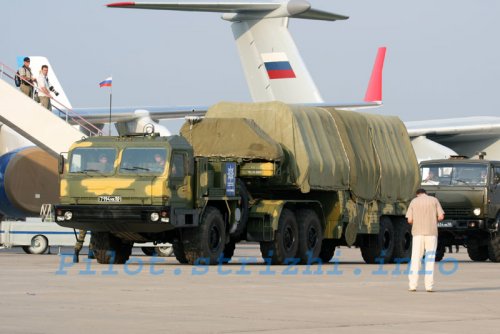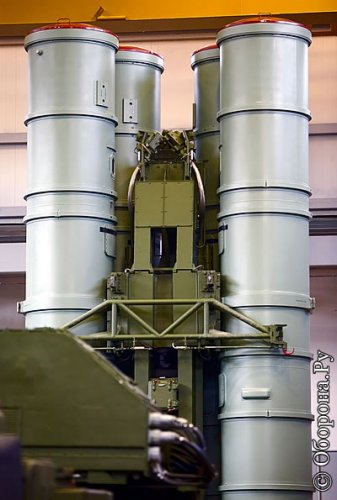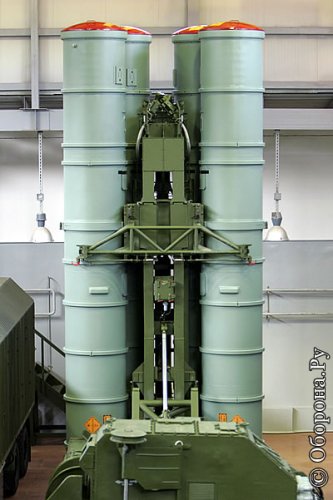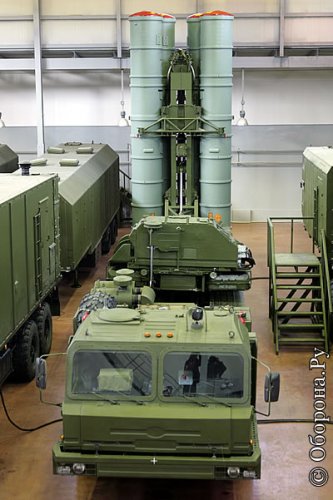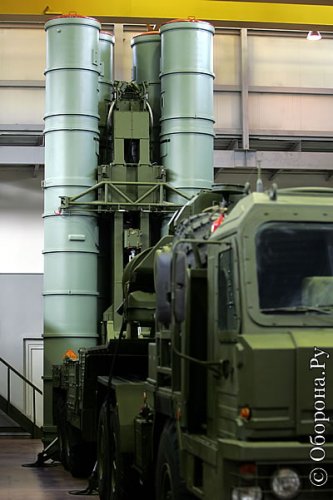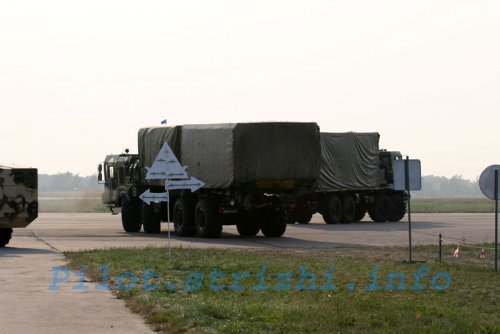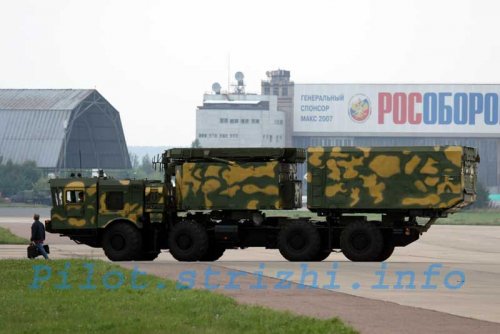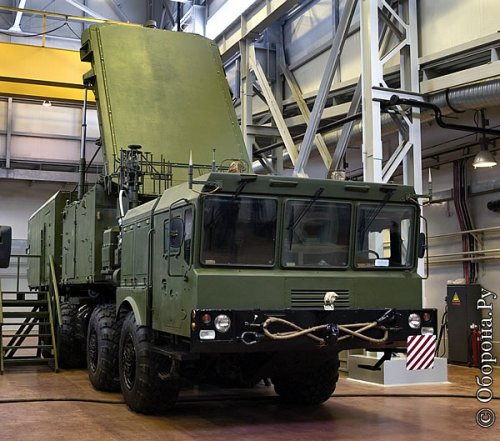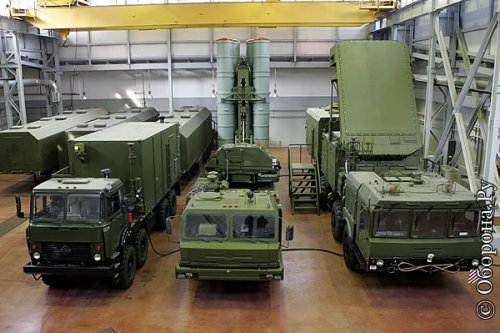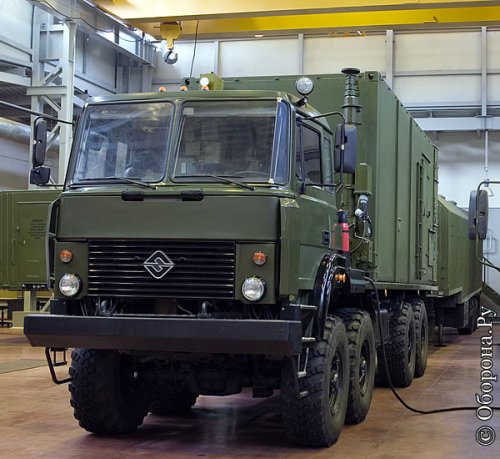Woody
Passionate about the advancement of technology
Though there's a lot of talk about this system on the internet I thought it was worth starting a thread since it may represent the most significant factor in in near future combat aircraft design and tactics and little is available on the actual mechanical characteristics of the missiles themselves. If the claims about this system are true: range, altitude, ability to engage stealthy vehicles, it would render obsolete many of todays combat aircraft as it could easily be fielded by unsophisticated nations.
http://www.ausairpower.net/APA-Giant-Gladiator.html
Has anyone any better information/ pictures on how the actual missiles work eg. how they steer and maneuver.
Cheers, Woody
(Quotes and pictures from Air Power Australia Website and already in the public domain.)
From an Australian perspective the deployment of S-300V family of missiles in Asia is of major concern. Rapidly deployable, high survivable, and highly lethal, these weapons are especially difficult to counter and require significant capabilities to robustly defeat. The US Air Force currently envisages the F-22A Raptor as the primary weapon used to defeat these capable systems.
It is important to note that no F/A-18 variant, nor the Joint Strike Fighter, were designed to penetrate the coverage of the S-300V/VM systems. The survivability of these aircraft will not be significantly better than that of legacy combat aircraft.
range in 1995.
The Almaz S-400 Triumf or SA-20 system is the subsequent evolution of the S-300PMU-2, trialled in 1999. The label S-400 is essentially marketing, since the system was previously reported under the speculative label of S-300PMU-3.
http://www.ausairpower.net/APA-Giant-Gladiator.html
Has anyone any better information/ pictures on how the actual missiles work eg. how they steer and maneuver.
Cheers, Woody
(Quotes and pictures from Air Power Australia Website and already in the public domain.)


